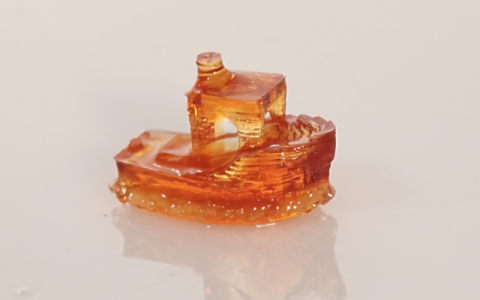Israeli researchers make breakthrough in glass 3D printing
In a study recently published in Materials Today, scientists Amir Reisinger, Natanel Jarach, and Prof. Shlomo Magdassi of the Chemistry Institute describe their breakthrough technology. The process utilizes light to trigger a chemical reaction in a mixture of water, alcohol, and a soluble silica material, resulting in a gel. When the gel is heated, it forms glass.
The material is compatible with standard 3D digital light processing (DLP) printers and can produce centimeter-scale objects with moderate transparency after a simple 250°C treatment. This is lower than the at least 1,000°C (1832°F) typical in glassmaking. Glass is indispensable for everything from fiber optics that carries internet traffic to microfluidic chips in medical diagnostics.
The team hopes its discovery will expand the ability of 3D glass printing to produce tailor-made components in fields such as optics (customizable micro-lenses, filters, and waveguides), biomedical engineering (implantable devices, scaffolds, and lab-on-a-chip platforms), and microfluidics (precision glass channels for drug testing and chemical research).
“Glass is one of humanity’s oldest materials, but this approach brings it into the 21st century,” said Magdassi. “By making glass 3D printing cleaner and more versatile, we’re opening the door to applications that touch every aspect of modern life.”

